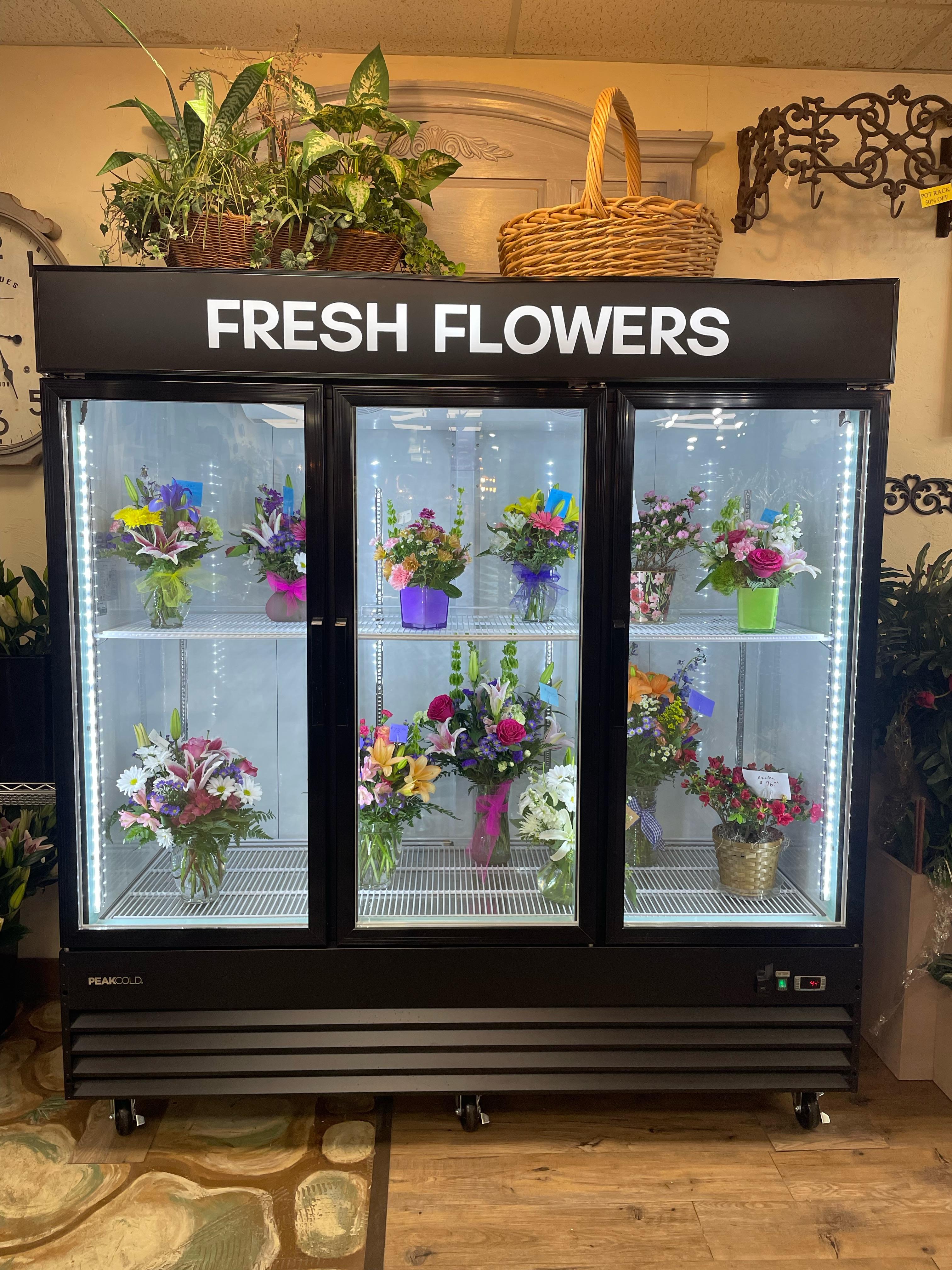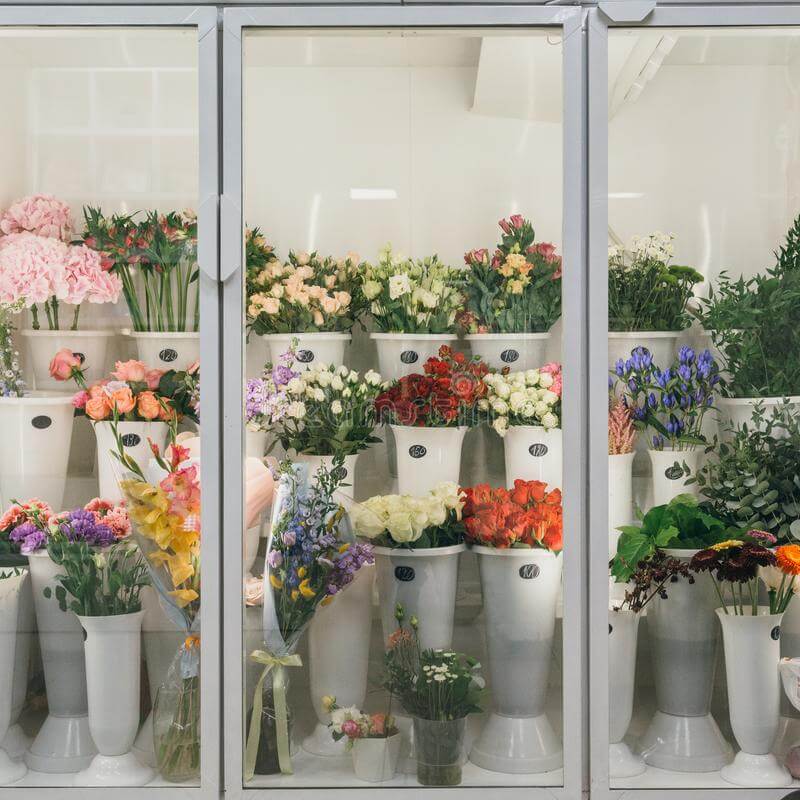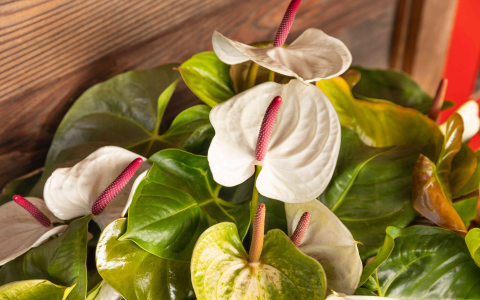Alright, let’s talk about florist cooler temperatures. It’s one of those things that sounds simple, but man, getting it right took me a bit of fiddling and, not gonna lie, a few sad-looking flowers back in the day.
My Early Days and Guesswork
When I first got my big cooler, I was thrilled. I just plugged it in, set it to what felt “cold,” and figured that was that. I think I initially had it set somewhere around, oh, I don’t know, maybe 40, 42 degrees Fahrenheit? I’d heard a general range of 33 F to 42 F was okay for most flowers. So, I thought I was in the ballpark.

But then I noticed some of my more delicate stuff wasn’t lasting as long as I’d hoped. They weren’t dying instantly, but they weren’t as perky as they should be. I started doing a bit more digging, talking to other florists, the old-timers, you know?
Figuring Out the “Sweet Spot”
That’s when I learned that even though that wider range exists, for a lot of common flowers – your roses, your tulips, the everyday beauties – pushing up towards 40 F, especially above 38 F, was actually a bit too warm. They really do prefer it chillier. So, I started experimenting. I began to nudge the temperature down.
I found that the real magic started happening when I got the cooler consistently holding between 34 to 38 degrees F. Honestly, for my setup and the flowers I mostly stock, keeping it steady around 35 or 36 F seems to be the best. It’s a bit of a pain to get it dialed in perfectly, because you open and close the doors, and things fluctuate, but it’s worth the effort.
- I got a couple of decent thermometers, not just relying on the cooler’s built-in one. Placed one high, one low.
- I started checking it regularly, especially during busy times when the door was opening a lot.
It made a noticeable difference. Flowers just held up better, longer. Less waste, happier customers, you get the picture.
But Then Came the Tropicals…
Now, just when I thought I had it all figured out, I started bringing in more tropical flowers. Gingers, orchids, anthuriums – those exotic guys. And guess what? They hated that nice, crisp 35 F I was so proud of! They’re sensitive to the cold, completely different ballgame.
For these flowers, you’re looking at temperatures slightly above 50 F. So, if you’re mixing them in the same cooler as your roses, you’ve got a problem. I learned that the hard way too, with a few unhappy-looking heliconias.
Ideally, you’d have a separate cooler for tropicals, but not everyone has that luxury, especially when starting out. So, it becomes a balancing act, or you have to make choices about what you stock or how you manage them outside the main cooler for a bit.

My Takeaway: It’s About Consistency
So, yeah, setting and maintaining the cooler temperature is a big deal. It’s not just a “set it and forget it” thing. You’ve got to know what flowers you’re dealing with.
My main practice now is:
- General cooler: Aim for that 34-38 F zone. I personally like the lower end of that.
- Tropicals: If I have them, they need special attention, and definitely not the super-chilled environment. Usually, that means keeping them separate or managing them in a warmer spot if I don’t have a dedicated warm cooler.
- Monitor, monitor, monitor: I still check those temps regularly. It’s just part of the routine now.
It took some trial and error, but keeping those temperatures right is fundamental. It’s amazing how much longer your blooms will last when they’re happy and comfortable in their chilly (or not-so-chilly, for the tropicals) home.





















